"Decoding Chinese Cultural Gene" series videos: Yangpai Bonsai
Author:Communication University of Ch Time:2022.08.05

Spring in the pot
There are Qiankun in the scene
With artificial landscape technology
Put the garden beauty of Jiangnan
Concentrated in square space
Follow the rumors and walk into the Yangpai bonsai together
Feel the charm of Chinese classical garden
Recently, the Communication University of China and China News Network jointly produced a series of "decoding Chinese cultural genes" series of videos to tell the story behind the intangible cultural heritage of China, so that the traditional cultural genes in the non -heritage "live", creative Chinese excellent traditional culture Transformation and innovative communication.
The non -heritage introduced to everyone in this issue is: Yangpai Bonsai

Yangpai Bonsai
Chinese Version
Bonsai, as the name suggests, is "the scene in the pot". Integrate "poetry, book, painting, and skills" as one, gathered "mountains, water, trees, and scenery" in a pot. Bonsai creation stems from nature and is higher than nature.
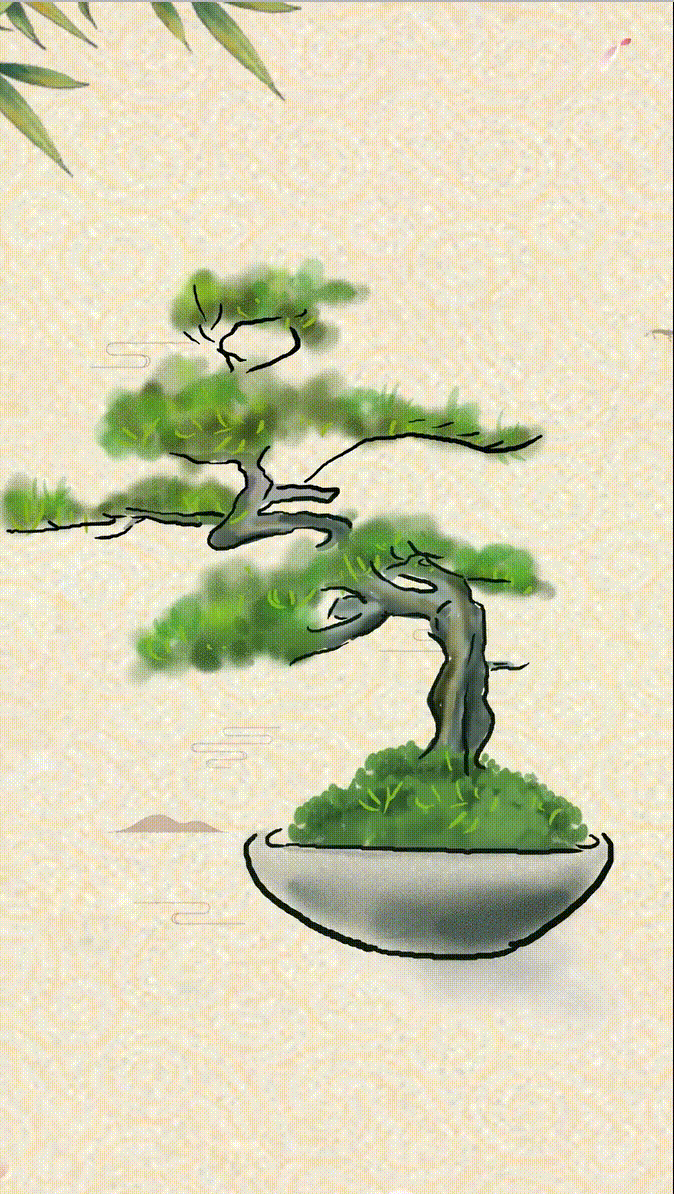
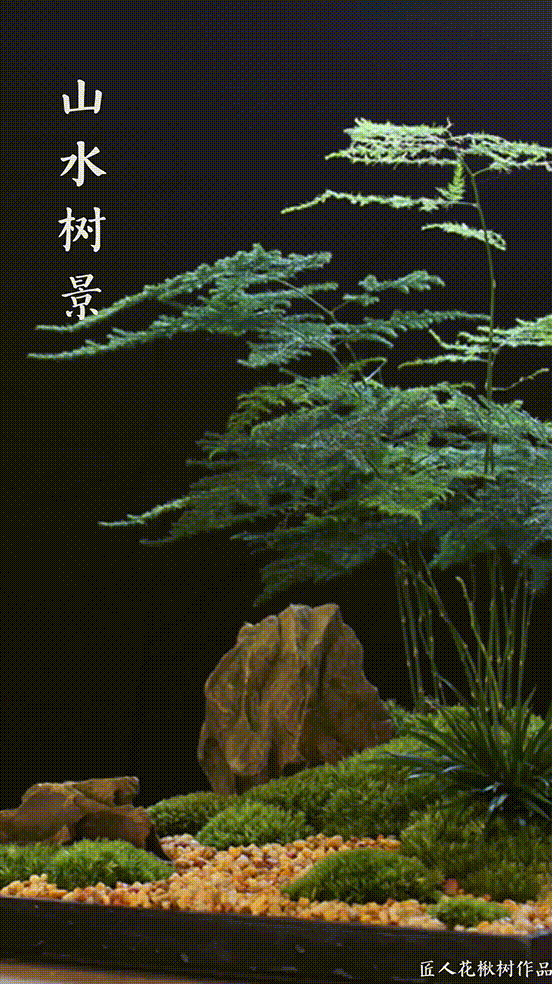
The Yangpai bonsai hair originated from Yangzhou, Jiangsu, with natural plants as its main material. With artificial landscape craftsmanship, the beauty of gardening in Jiangnan is concentrated in square space. The bonsai of Yangpai was formed in the Ming Dynasty. It was prosperous in the Qing Dynasty. During the heyday, the local "family had gardens, households raised bonsai".
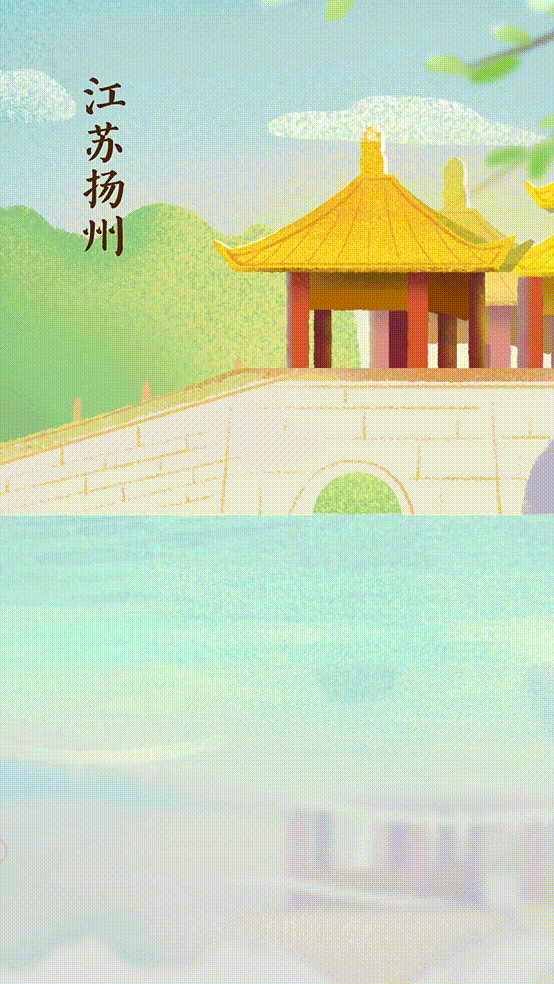

"One inch of three curves" is the most famous skill of the bonsai in the Qing Dynasty. There are three bending in the bonsai shape. The ancient trees in the bonsai are different in shape, some are weird, and some are vivid. The branches have a thousand times, like a dragon hovering, and like a simple painting, which is called "silent poem" by Chinese literati.
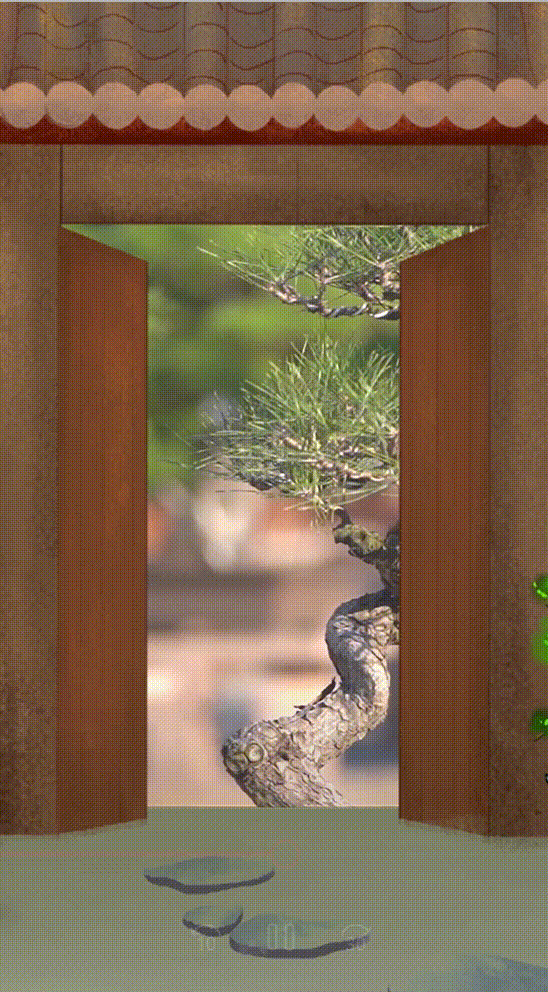

The video of "Yang Pai Bonsai" focuses on the exquisite and agile and charm of bonsai skills. By adding the external movement of the camera, the audience's perspective follows the bonsai branches winding.
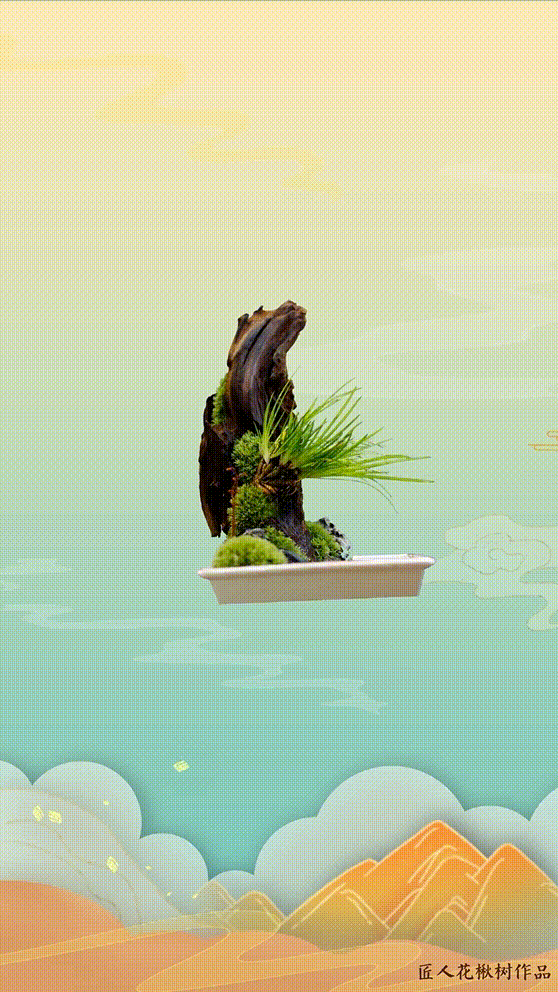
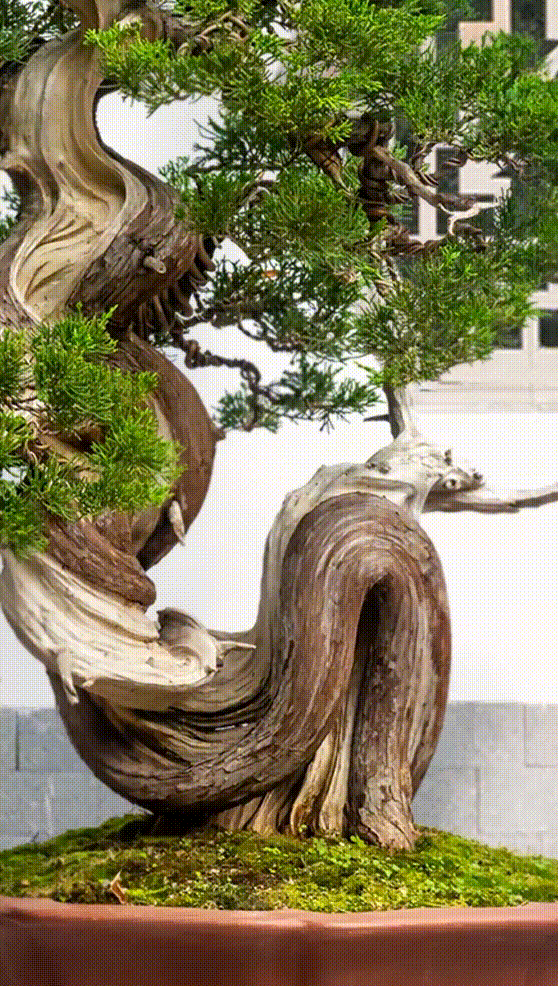
As one of the traditional arts in China, the bonsai condenses the artistic taste and life perception of the creator, showing the unique Chinese classical garden charm. In 2008, Yangpai's bonsai skills were included in the second batch of national intangible cultural heritage lists; in 2009, the thin West Lake Scenic Area specially established a Yangpai Bonsai Museum, which integrates collection, display, and popularization research functions. The Yangpai bonsai works in the Ming and Qing dynasties have been full of vitality; in 2013, Yangzhou successfully held an international bonsai conference. Thomas Elias, chairman of the International Bonsai Association (BCI), said: "Yangzhou is a paradise for bonsai art, and has become an excellent place for the people of China and the world to understand bonsai."
English version
Penjing, as its name suggests, is "landscape in a pot".It integrates "poetry, calligraphy, painting and artistry",and builds "mountains, water, trees and landscape" in one pot.Penjing is created from nature and beyond nature.
Originating in East China’s Jiangsu Province,Yangzhou penjing takes natural plants as the main material,and condenses the beauty of gardens south of the Yangtze River into a small space with artificial skills.
Yangzhou penjing originated in the Ming Dynasty (1368 -1644 A.D.) and flourished in the Qing Dynasty (1636 – 1912 A.D.).In its heyday, "every local family had a garden, and every household kept their penjing".
The most famous technique is called "three bends in one inch ":there can be three bends within one inch of the branch at the densest part. The trees in penjing are in different shapes.Some are quirky, some have vivid charm.The branches have twists and turns, either like a clearCling dragon, or like an ancient painting.penjing is Called "silent poetry" by Chinese.
Penjing is the art of time, it requires long-term care and careful management.Beautiful penjing works often take years or decades to create and maintain. As one of the traditional Chinese arts, penjing embodies the creator's artistic interest and life perception,and the Unique Charm of Classical CHINESESE GARDENS. The editorial team of the Television College Based on the international communication field, the English version of the video is launched to help non -heritage to the sea, let global audiences understand the excellent traditional Chinese culture of China, and achieve the goal of telling Chinese stories. In the context of the construction of the new literature and sciences, teachers and students participated in the "decoding Chinese cultural genes" fusion video project, and practiced and inherited the concepts of "practical education" and "curriculum ideological politics" of the Television Academy.
More "Decoding Chinese Cultural Gene" series videos have been launched in the China APP, don't miss it!
How to install and use APP of Communication University of China
1. Android (Android), Harmonyos and other system mobile phones search for "Communication University of China" in the app store, and the Apple (iOS) system mobile phones search for "Communication University of China" in the App Store, click to download and install it.
(If the application store has not been released on the shelves, you can click on the "Reading Original" link to download at the end of the text)
2. Open the APP and log in to the user name and password of the unified identity certification platform through the school. Other users can log in through the registered account.
3. After entering the main interface of the APP, you can click on each section and channel to view the published information, use the service provided by the system to handle business, and release your own dynamics.
(In the process of logging in and using APP, if any problem, you can send emails to [email protected])


● ●● Official WeChat platform of Communication University of China
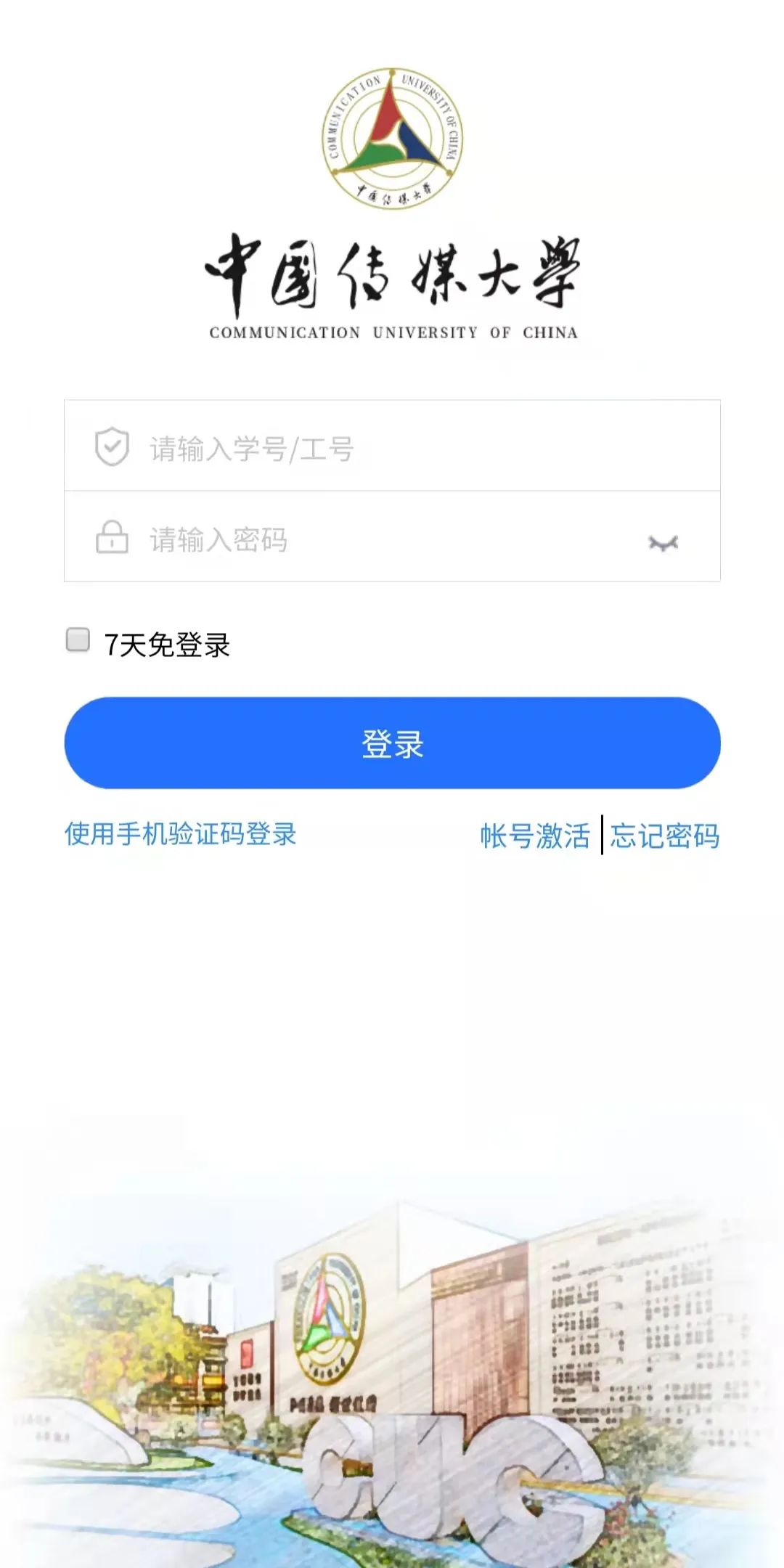

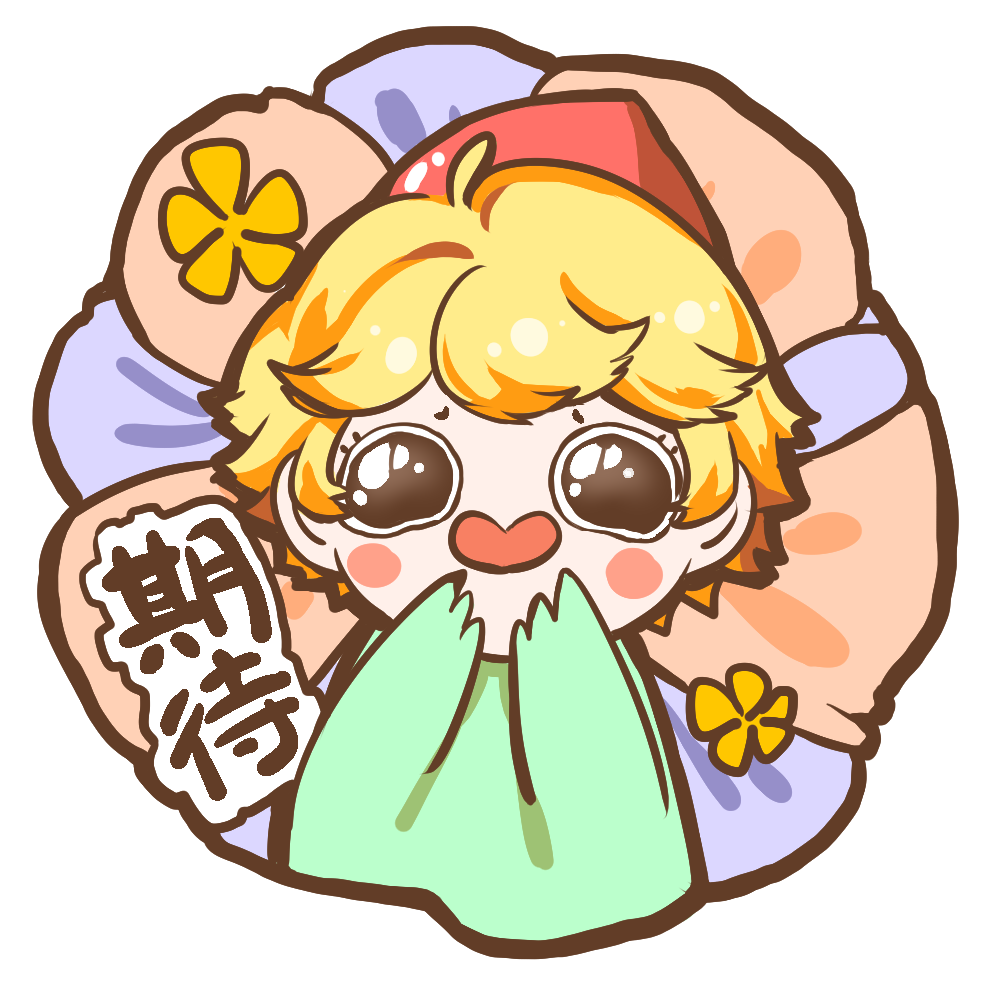
- END -
Lile and Music Shandong | Weifang: [Create the Capital of East Asian Cultural Capital] Zhucheng Mass Cultural Public Welfare Alliance to serve the masses

The Cultural Museum assumes an important responsibility of popularizing culture an...
[Bincheng District Sanhehu Experimental School] Qiaoshou protects non -heritage and enters the campus -non -heritage paper -cut society

Paper -cutting -Chinese folk paper -cutting art has a long history. It is an impor...